Special cables with special structure
1. Low inductance cable
There are strong currents and weak currents. Here is a low-inductance cable for strong currents. This cable is equipped with a heat dissipation device. It is used for the connection of various contact welding machines, arc welding machines and pneumatic welding tongs. It has a simple and reasonable structure, large cooling water flow, and no blockage. Features such as blocking and current limiting, good heat dissipation, and long service life.
This new type of low-inductance cable also includes the cable and the connector fixed on the cable end, and the cable is also composed of the positive cable core and the negative cable core installed in the outer rubber tube. Since this kind of low-inductance cable is generally used in the occasions where the voltage is 25-50V and the current is between 7000-12000A, the short-circuit conductivity of the cooling water in the cable is basically negligible, so there is no such thing in this low-inductance cable. The rubber hose that separates the positive cable core and the negative cable core is used, but a special core frame with a cross-section of the spoke-shaped (commonly known as "plum core") is set up, surrounded by the "wheel center" and the adjacent "spokes". The resulting space forms longitudinal grooves along the axis. The longitudinal grooves on the core frame are the same as the total number of positive cable cores configured by the cable. The cable part is placed on the positive cable core and the negative cable core respectively. The inner device of the longitudinal groove of the core frame is formed in the outer rubber tube. The ends of the positive cable core and the negative cable core are assembled into a bundle with the same poles and clamped in the cable core clamp, and then fixed on the connector. The end of the outer rubber tube of the cable is sleeved at the end of the connector and used The tightening hoop sleeved outside the outer rubber tube is tightly sealed.
2. Low noise cable
Under the action of external factors such as bending, vibration, impact, and temperature changes, the cable whose pulse signal generated by the cable itself is less than 5mV is called a low-noise cable, also called a shockproof instrument cable. It is used for the measurement of small signals in many fields such as industry, medicine and national defense. There are polyethylene insulated low noise cables, F46 insulated low noise cables, radiation resistant low noise cables, low capacitance and low noise cables, hydrophone cables, watertight low noise cables and other types of cables.
The causes of noise in the cable are:
1) Molecular friction within the medium itself;
2) Change of cable capacitance;
3) The piezoelectric effect of the cable medium;
4) The friction between the conductor and the medium in the cable generates charge, that is, the separation of charge occurs when the contact between the conductor and the insulation is broken.
A layer of thin semi-conductive (thickness 0.20-0.30mm) low-noise cable is extruded on the surface of polyethylene insulation and has been rapidly developed. Its noise value is 2-3mV. For low-noise cables working at 400 degrees, it can be used The high-temperature-resistant semi-conductive fiber wrapping method can solve the problem, and the noise can reach 5mV.
1. Fluorine-containing resin self-control and stable 135 degree heating cable
A 135-degree self-controlling temperature cable composed of PVDF/fluororubber alloy/carbon black composite compound. Its thermal range is different, showing different degrees of PTC conductivity and conductivity. This is because the degree of crystallinity and crystal form of the matrix are affected by different cooling speeds for insulation.
2. Electroluminescent wire
The electroluminescent wire is the latest product in the international luminous display field. Its appearance is similar to ordinary wires and cables. The surface is made of colored fluorescent plastic sleeves. It emits continuously without any heat radiation during operation, and its power consumption is only 50-60% of that of LED lights. , 20-30% of string lights, 1-5% of neon lights; such products are widely used, creating a new era of energy-saving, environmentally friendly, and healthy display lighting, with the following characteristics:
1) The light is delicate and soft, the color is bright, and the sense of three-dimensional and perspective is strong, suitable for night visual inspection.
2) Energy saving, environmental protection and safety; this product has low power consumption and a wide applicable voltage range. This product will not produce any environmental pollution when used and discarded, and it will not be dangerous to the human body.
3) Soft, foldable and bendable, free knotting, cutting, splicing, without affecting the light-emitting performance, convenient and quick to use, and installation without professional guidance.
4) It is a continuous light-emitting device, and it can be controlled and matched with the actual various dynamic multi-color flashes according to the telephone.
5) It can be directly fixed on the surface of the decorative object with transparent tape, glue, pins, thread nails, etc.
The application fields of this kind of wire are:
1) Indoor advertisements, text patterns; shop windows, doors, furniture, walls, roofs, etc.
2) Decoration of tools such as vehicles and boats; instrument indication and digital display.
3) Safety signs and instructions; stairs, passages, house numbers, exits, temporary outdoor dangerous places.
4) Toys, arts and crafts, sporting goods, clothing, electrical appliances, decoration, military equipment, etc.

 ENGLISH
ENGLISH 简体中文
简体中文 GERMAN
GERMAN SPAIN
SPAIN
 +86 181-5747-1135
+86 181-5747-1135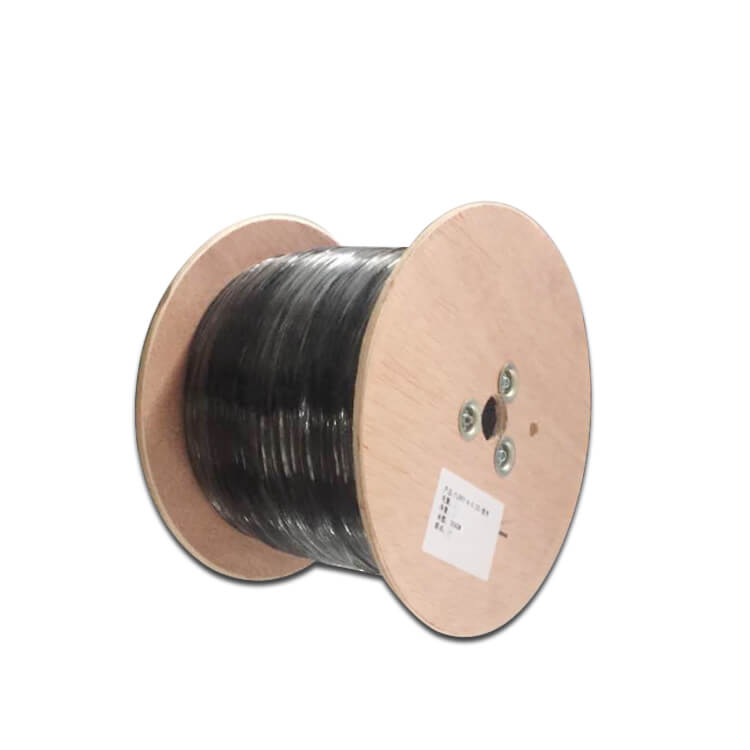
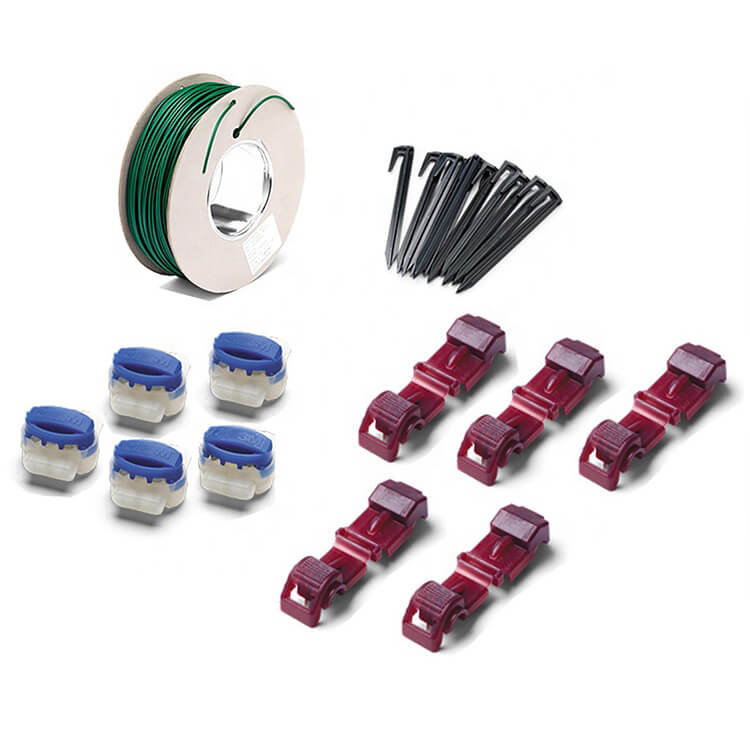
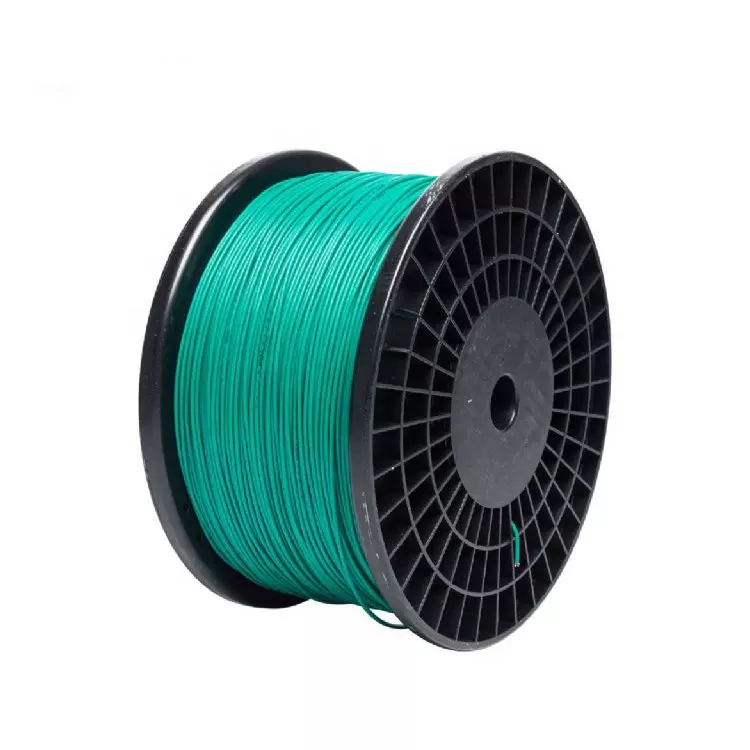
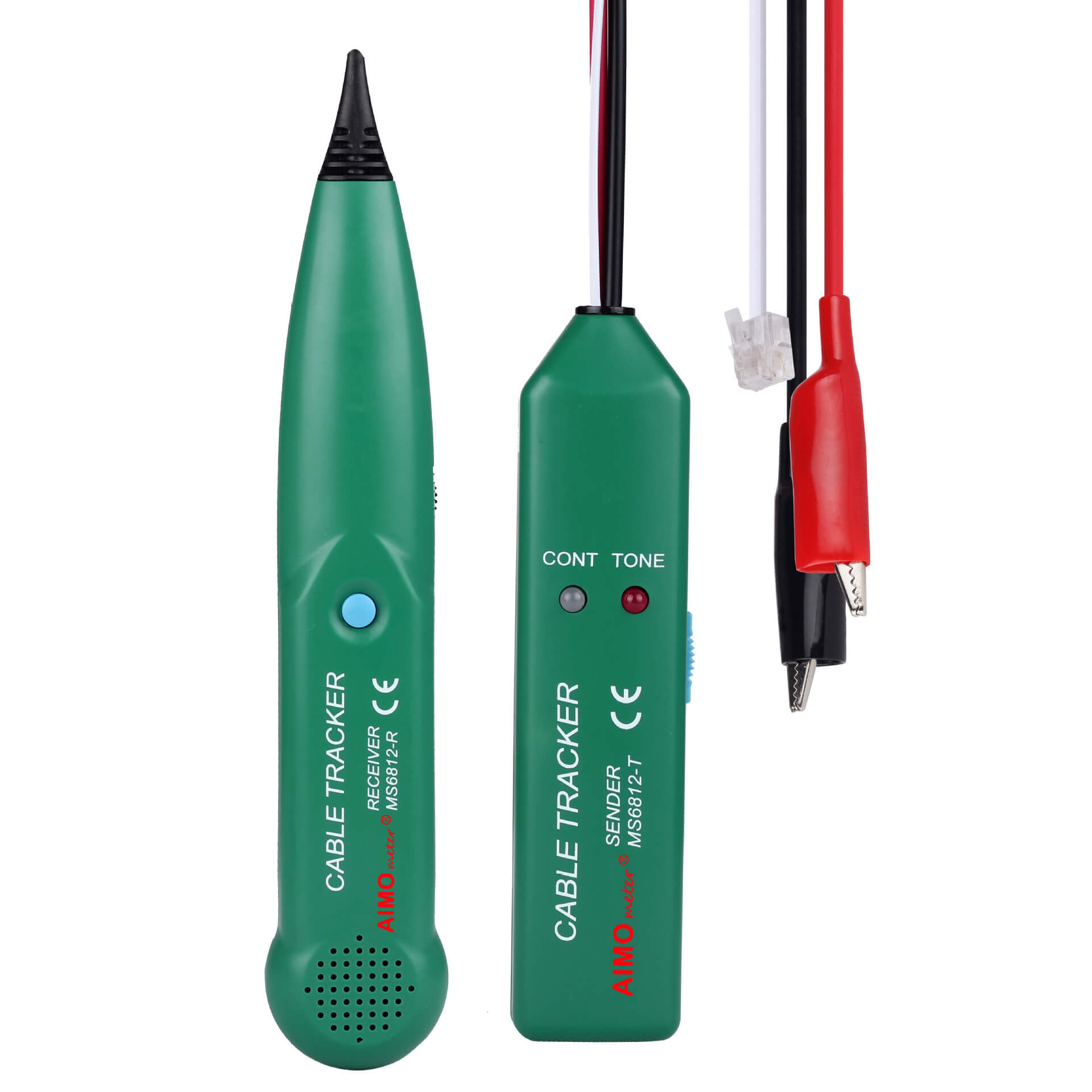


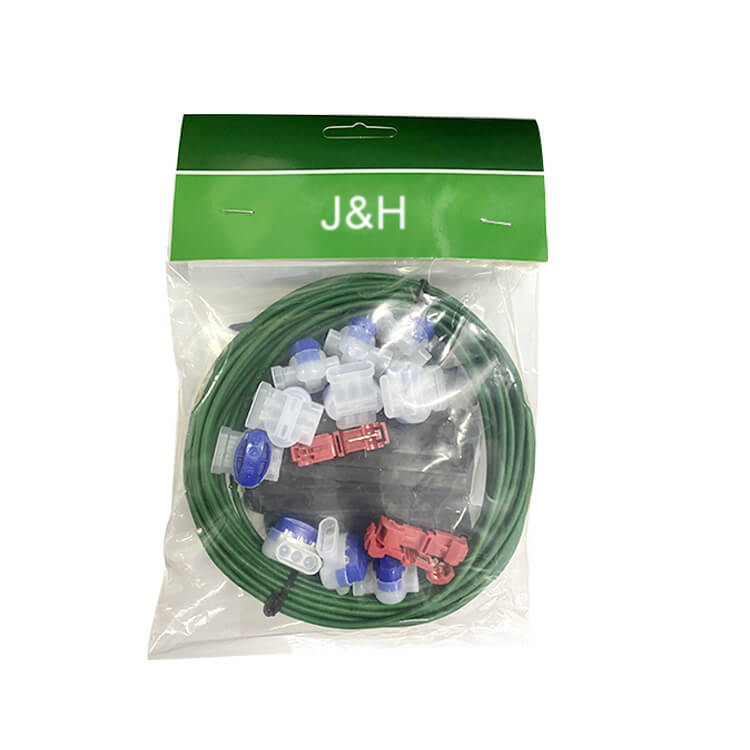
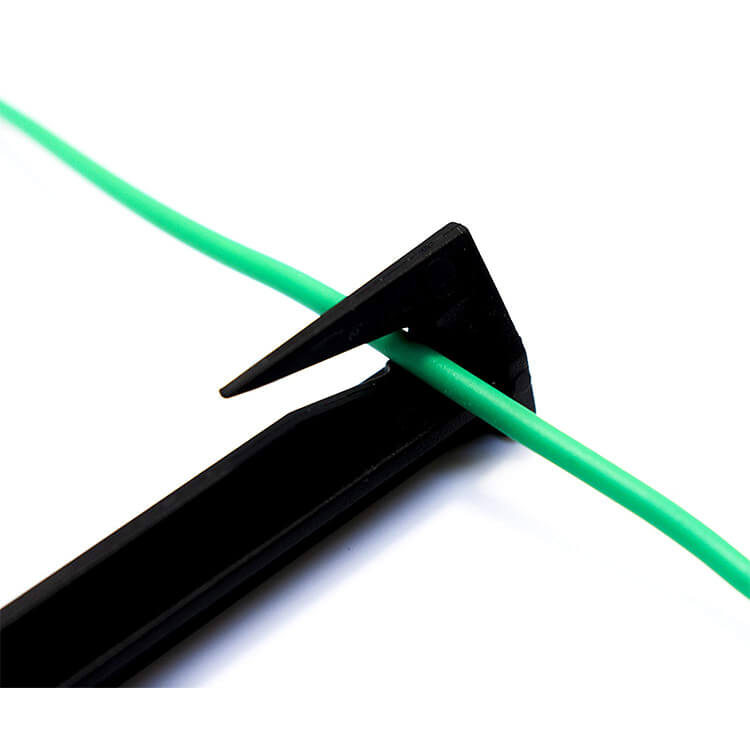
 Abroad:+86 181 5747 1135
Abroad:+86 181 5747 1135 FAX: +86 574 8900 7636
FAX: +86 574 8900 7636 E-mail:
E-mail: 

 read the map
read the map

